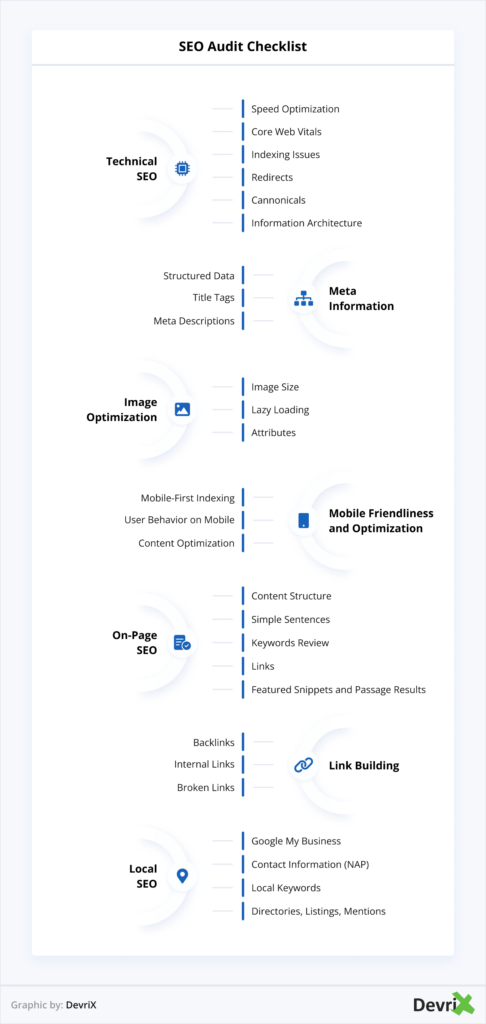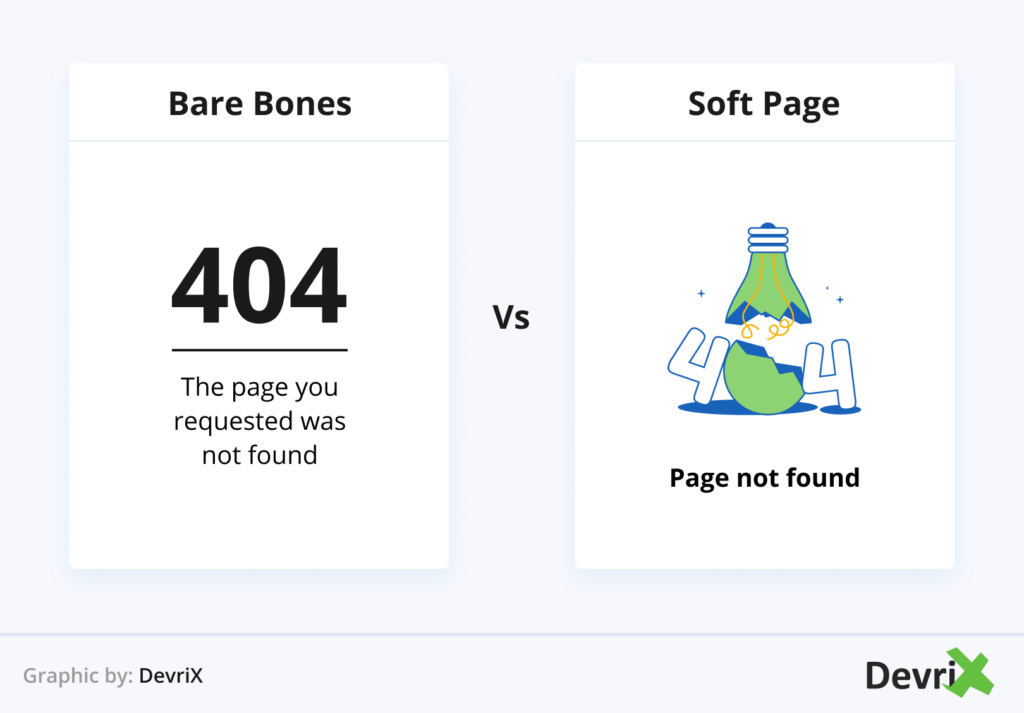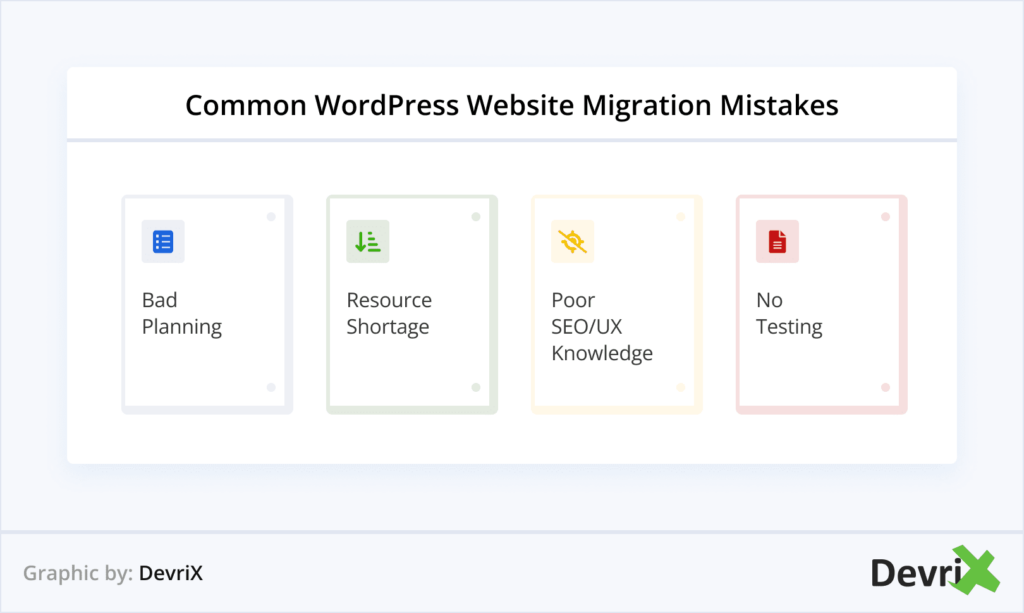
Today healthcare leaders in both public and private sectors work to utilize the emerging and latest AI technologies to enhance patient experiences, reduce costs, and improve patient outcomes. There was a study that shows the global healthcare AI market is expected to reach $188 billion by 2030 with an increasing 37% of CAGR. Additionally, AI in healthcare has reduced 20% of the physician’s time in administrative tasks.
In 2022, FDA’s have approved to use more than 500 medical AI systems in their research and maintaining the daily tasks. But somehow, there are several healthcare organizations still facing the obstacles to adopt the new technologies.
To overcome these challenges, Levina said, “There are tasks like analyzing large data sets with accuracy that can only be handled with great speed using AI technologies, and the technology can do a better job than humans.” Let’s check insights about understanding how AI adoption in the healthcare industry can bring tremendous results.
Overview of AI’s impact on various industries
With growing artificial intelligence has emerged as a transformative force across various sectors. AI using its innovation and efficiency helps businesses to operate and interact with customers easily. Here are a few of the industries that AI has been used in.
Healthcare
With AI revolutionizing the healthcare industry, it brings personalized treatments and accurate diagnoses of diseases. Along with this, they add machine learning algorithms to analyze medical pictures, such as MRIs and X-rays to check any anomalies.
Not only this, AI-powered chatbots and virtual assistants help in enhancing patient interactions by offering 24/7 support. Nowadays, professionals have started using AI-driven predictive analytics to identify any risk and provide early prevention to patients.
Retail
Let’s understand this as an example, you’re scrolling through an online retail store and it suggests a pair of shoes that interest you. This is where AI predictive analysis comes in as it understands your preferences better than before. Moreover, it helps to manage and store inventory efficiently by offering customers what they are looking for.
Finance
Have you ever noticed any suspicious transaction or activity every time it happens? This is because your bank is powered by AI and it offers personalized advice via virtual assistants on finance apps.
Manufacturing
Not only this, AI has revolutionized the manufacturing sector where factories have started running smoother than ever. AI maintenance predictive analysis now ensures fewer breakdowns with efficient production lines. From finance to manufacturing, AI has transformed various industries and shaped the world in remarkable ways.
How AI-powered tools help in detecting diseases and their diagnosis
First, let’s understand what is AI-Powered diagnosis,
AI-powered diagnosis uses machine learning and advanced algorithms to analyze patient’s medical records and detect diseases. The AI technology can easily manage large and complex data sets along with identifying the patterns that may go undetected sometimes using traditional ways.
So, how does this AI-powered diagnosis work?
Here the process starts with filling all medical data into the AI system such as lab results, patient’s general records, imaging scans, and more. As more data is added, the more accurate results the industry will get.
Next, the system uses this data to identify any particular condition or disease. One of the benefits of using AI for diagnosis is it helps to improve the process with time and provides early disease detection which can potentially lead to better health outcomes for patients.
Some of the real-life examples of AI-powered diagnosis tools
Artificial intelligence diagnosis tools can make a real difference in disease detection and prevention. A few of the real-life examples are given below.
Predictive diagnosis of heart disease
As we know heart disease is one of the major health concerns, and detecting the disease can effectively help in prevention. By using AI technology, researchers have designed predictive models that can analyze data from all sources identify the patient’s health, and provide personalized treatment.
Early detection of breast cancer
In the year 2022, nearly 2.3 million women were diagnosed with breast cancer. It is a disease that can lead to death and has occurred in 157 countries out of 185. However, with AI-powered tools it can easily detect the disease in an early stage and can be cured easily. With this technology, doctors can take preventive steps to stop the cancer from spreading and initiate treatment as soon as possible.
Future of AI adoption in the Healthcare industry
Today, artificial intelligence in healthcare has created a boom in the recent few years. As technology is continuously growing, the healthcare field has revolutionized the patient’s health as it comes to the early detection of diseases.
AI has grown globally by using its significant impact, one among them being to diagnose diseases and provide accurate information much faster than humans. But what AI in healthcare future will bring, here are a few possibilities,
- Personalized medicine: It will enable doctors to treat patients based on their lifestyle, genetics, and other environmental factors.
- More accurate diagnosis: By using these AI-powered diagnostics tools, physicians can get precise data which can save a lot of time and faster treatment can be initiated.
- Predictive analytics: AI algorithms use large amounts of data from wearable devices, patient’s electronic health records or any disease record, and other sources to predict the risk of an individual before symptoms start showing.
Potential impact of AI advancements in NLU, robotics, and precision medicine
The impact of AI in healthcare comes with personalized treatment potentially saving lives and reducing overall healthcare cost. Learn more about the potential impact of AI in healthcare.
- NLU (Natural language understanding): NLU helps to increase natural language interactions between AI systems and patients along with providing excellent communication and enhancing patient experience.
- Robotics: With AI-driven robots, the industry can automate tasks, improve surgical procedures, and enhance patient care.
- Precision medicine: AI-powered precision can analyze patient data to personalize treatment for better outcomes and proactive disease management.
Conclusion
The above blog post clearly defines AI as a transformative technology that has already refined many industries, especially healthcare making things more efficient and improving how patients are treated.
No doubt there would be few challenges like bias and privacy exist, but proper steps need to be taken such as EU’s AI act to handle them responsibly. With moving forward, it’s essential for everyone including software development companies to work together to make sure AI benefits everyone and improves our world.
Featured image by camilo jimenez on Unsplash
The post How is AI adoption transforming the healthcare industry? appeared first on noupe.






